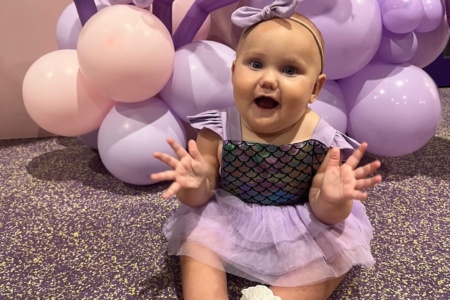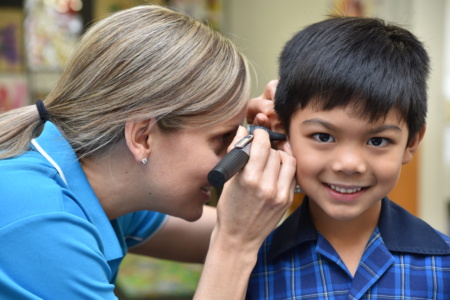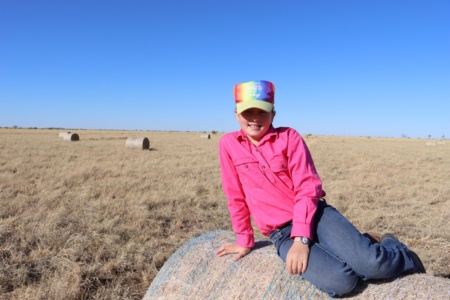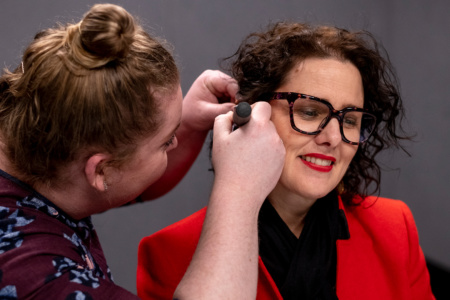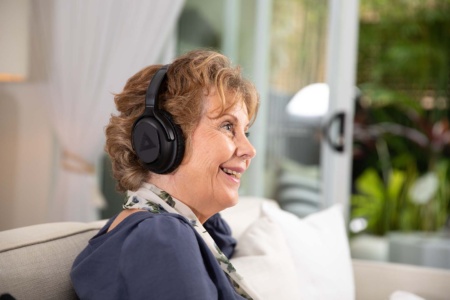At Hear and Say we strive to improve the outcomes and possibilities for people with hearing loss, and to do so we turn to research.
Listening and Spoken Language Specialist, Tracey Taylor teamed up with industry experts Georgia Cambridge, Audiologist, Dr Wendy Arnott, University of Queensland Honorary Senior Research Fellow and Speech Pathologist, and Dr Wayne Wilson, Audiologist, to undertake a systematic review of the peer-reviewed literature on the efficacy of auditory training – that is, training the brain to recognise and give meaning to sounds.
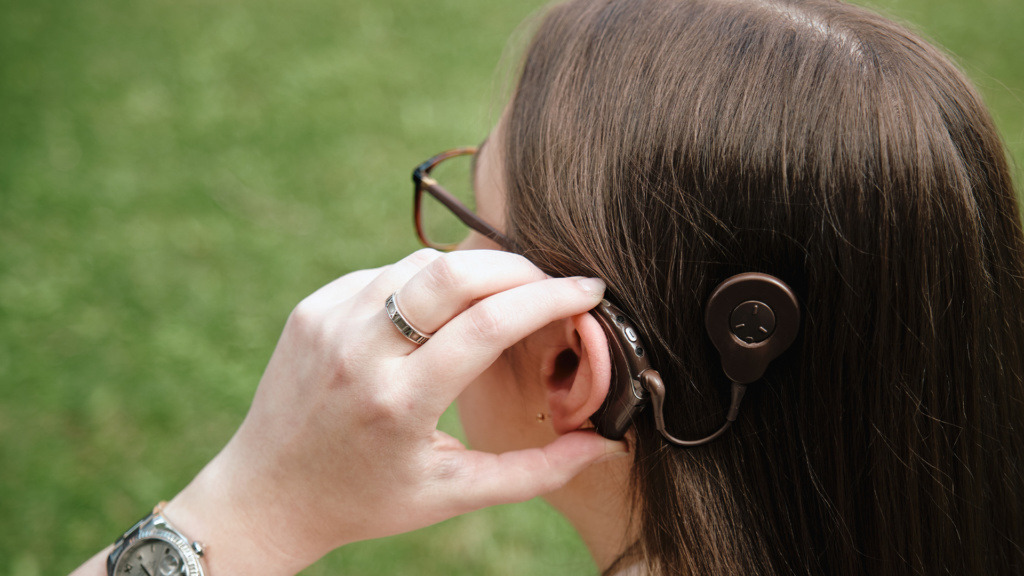
“Many people are surprised to learn that it takes much more than just switching a cochlear implant on for a person who is deaf or hard of hearing to be able to hear,” explained Tracey.
“At Hear and Say, our team of qualified audiologists and speech pathologists work to ensure cochlear implants are successfully ‘tuned’ (or MAPped), and that the users are trained with the listening skills and techniques to use their technology in everyday environments through optimal hearing, listening and speaking.
“For example, someone might use a mini microphone when in noisy settings, such as a restaurant, to help clearly hear others speak. Another great training exercise is to practice listening when you’re alone – for example, listening to music or a podcast to help make listening through the cochlear implant feel more like natural hearing over time,” said Tracey.
The number of adults who have received cochlear implants has rapidly increased over the past decade and these numbers are expected to continue to grow. This team of researchers therefore saw the need to better understand the research which currently exists and the outcomes in this space.
“By comparing and reviewing the available research, it was found that adults who already have speech and language skills before acquiring a hearing loss and receiving cochlear implants later in life, often benefit from auditory training,” said Tracey.
This systematic review specifically found that for adults with cochlear implants, listening to certain speech sounds made it easier to hear those sounds, and listening to lots of nonsense words can make it easier to hear sentences in noisy environments.
However, these findings are inconclusive and there remains a need for more research to clearly demonstrate the specific auditory training required to improve auditory outcomes and everyday listening.
“Every day, the team at Hear and Say sees first-hand the incredible results made possible thanks to hearing technology and auditory training, however there is a lack of research in this area,” said Tracey.
“By knowing more about the techniques that can best benefit each individual and their needs, we will be able to better support those impacted by hearing loss. This is an exciting field to be involved in and I can’t wait to see what the future holds.”
To learn more and read the complete paper, Auditory training for adults with cochlear implants: a systematic review, click here.

